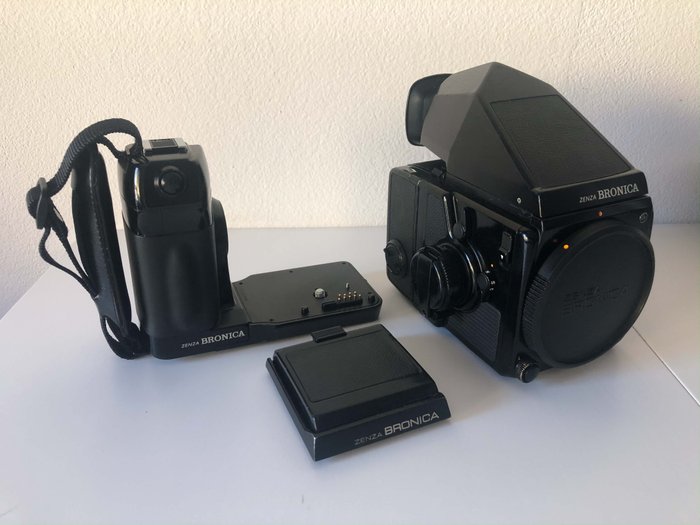

Zenza bronica sq ai manuals#
PDF instruction manuals of many Bronica cameras, booklets and accessories: showing available lenses and viewfinders available.Tamron statement of termination of Bronica camera business and seven years of support (October 2005).Bronica Users Group (BUG) at the Yahoo Groups site.
Zenza bronica sq ai professional#
Secondhand Zenza Bronica cameras are still widely used by professional and serious amateur photographers, in no small part due to the superior image quality of medium format film over smaller film and digital sensor formats. The last Bronica camera, the RF645, was dropped in October 2005. The Zenza Bronica GS-1 was discontinued in 2002, and the last Zenza Bronica SLR cameras ( SQ, ETR) were discontinued in October 2004. Tamron, a large Japanese lens manufacturer and a supplier of lens elements, eventually acquired Zenza Bronica Ltd. A rangefinder model, the RF645 in 4.5×6cm format, was also introduced in 2000. Bronica cameras were mainstays of wedding and portrait photographers for many years, and their relative affordability made them popular with amateur photographers as well.Īs the company expanded, Zenza Bronica would later introduce lenses of its own design, along with continued refinements and new models of the Zenza Bronica SLR, in different rollfilm formats. Zenza Bronica SLR cameras employ a modular design: the major components of the camera - lens, body, film back, and viewfinder - are separate and interchangeable. With its superb, precision-ground Nikkor lenses, the first Bronica became an instant success. Over a period of 47 years, the company produced a variety of SLR and. Because Yoshino had invested nearly all company resources into production of the camera body, he sourced the Bronica's lenses from an established Japanese optics and camera manufacturer - none other than Nikon (Nippon Kōgaku Kikai). Zenza Bronica or Bronica ( Zenza buronika) was a Japanese brand of professional medium-format roll-film cameras. In addition, lens hoods can offer some degree of physical protection for the lens due to the hood extending farther than the lens itself.Zenza Bronica cameras first appeared in 1958, when its founder, Zenzaburo Yoshino, introduced a camera of his own design, the Zenza Bronica Z, at the Philadelphia Camera Show. Lens hoods are often designed to fit onto the matching lens facing either forward, for normal use, or backwards, so that the hood may be stored with the lens without occupying much additional space. For wide angle lenses, the length of the hood cannot be as long as those for telephoto lenses, as a longer hood would enter the wider field of view of the lens. Lens hoods are more prominent in long focus lenses because they have a smaller viewing angle than that of wide-angle lenses. This allows the lens hood to block stray light with the higher portions of the lens hood, while allowing more light into the corners of the image through the lowered portions of the hood. The geometry of the lens hood can vary from a plain cylindrical or conical section to a more complex shape, sometimes called a petal, tulip, or flower hood. This stray light often comes from very bright light sources, such as the sun, bright studio lights, or a bright white background. Flare occurs when stray light strikes the front element of a lens and then bounces around within the lens. A lens hood or lens shade is a device used on the end of a lens to block the sun or other light source in order to prevent glare and lens flare.


 0 kommentar(er)
0 kommentar(er)
